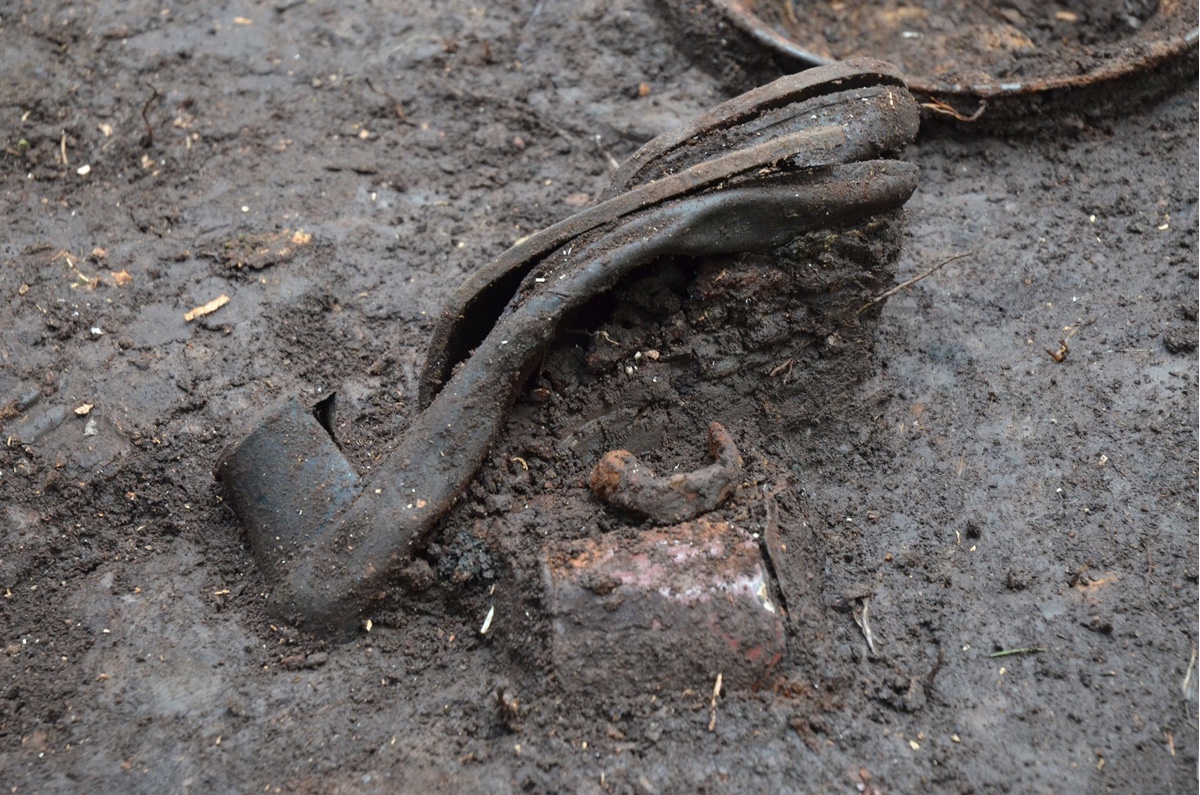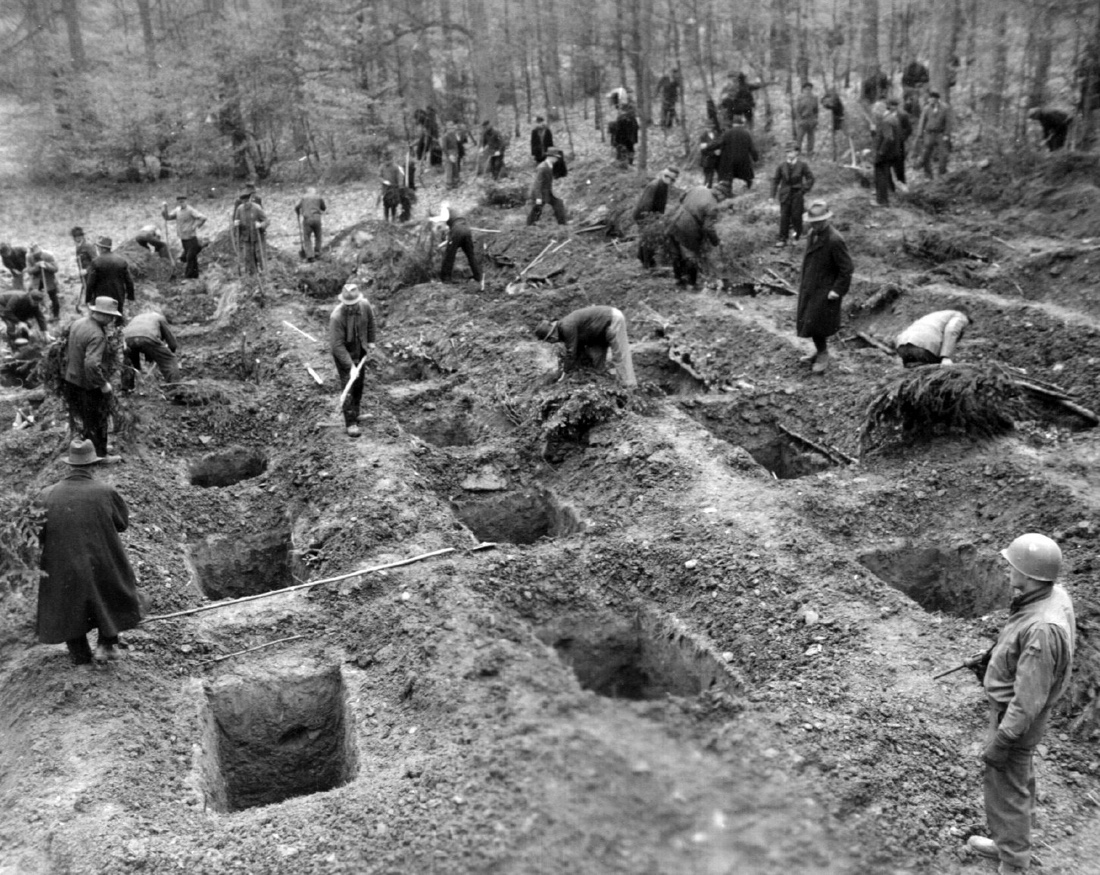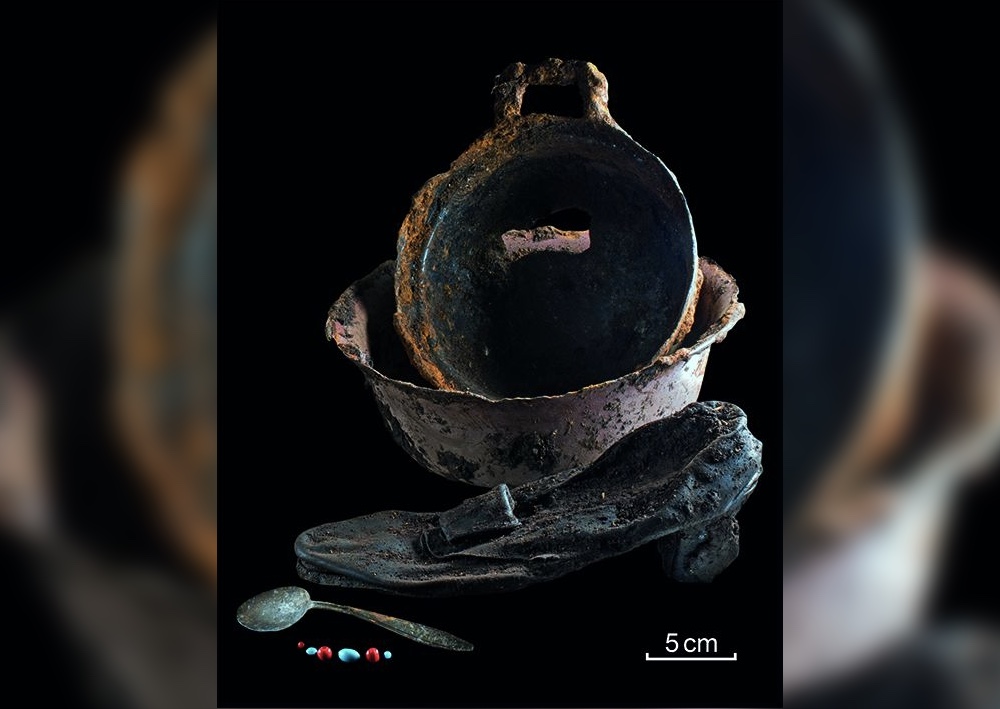Traces of Infamous Nazi Massacre Unearthed in Germany

Shoes, buttons, a prayer book, bullets, Soviet coins and a harmonica were among the 400 artifacts archaeologists recently unearthed at the sites of an infamous Nazi massacre.
At the end of World War II in Europe, over the course of a few days in March 1945, the Nazis murdered 208 Polish and Russian forced laborers in Germany's Westphalia-Lippe region.
Archaeologists have been looking for traces of the massacre in three rural sites — near the towns of Warstein, Suttrop and Eversberg. They presented their findings to the public on March 8.
The researchers said that most of the 400 artifacts came from Langenbach Valley near Warstein, where 60 women, 10 men and a child were taken into the forest, under the pretense of being moved to a different labor camp, and then shot. Bullet cartridges found scattered in the surrounding forest suggest some of the laborers tried to escape the firing squad. Many of the artifacts were personal items that had been buried with the victims, such as a Polish prayer book and dictionary, colorful buttons and beads, and shoes. [Images: Missing Nazi Diary Resurfaces]

Similar tactics were used in a field near Eversberg, where archaeologists also discovered artifacts; the Germans used grenades to blow a giant pit in the ground, where they shot another 79 forced laborers and a child. Near Suttrop, foreign laborers were forced to dig the trenches where 57 of them would be buried.
The Nazis had tried to cover up their crimes at these sites. American troops liberated the region just weeks later, and at Suttrop, they forced German townspeople to exhume the dead to be reburied in proper cemeteries. Similar investigations took place at Eversberg and Warstein. However, most of the dead remain anonymous today, and just 14 of the victims have been identified by name.

Matthias Löb, the director of the Landschaftsverband Westfalen-Lippe, the group that organized the archaeological excavation, said in a statement that the findings are important for the memory of the atrocities committed during World War II. Löb added that Germany has seen an increase in “trivialization” and denial of Nazi crimes, and the murders are “an example of this part of our history that we have to face.”
Sign up for the Live Science daily newsletter now
Get the world’s most fascinating discoveries delivered straight to your inbox.
He might have been referring to comments by Alexander Gauland, one of the leaders of Germany’s far-right Alternative for Germany (AfD) party, who said last year that "Hitler and the Nazis are just bird sh*t in more than 1,000 years of successful German history."
- 30 of the World's Most Valuable Treasures That Are Still Missing
- 7 Biblical Artifacts That Will Probably Never Be Found
- 7 Bizarre Ancient Cultures That History Forgot
Originally published on Live Science.











